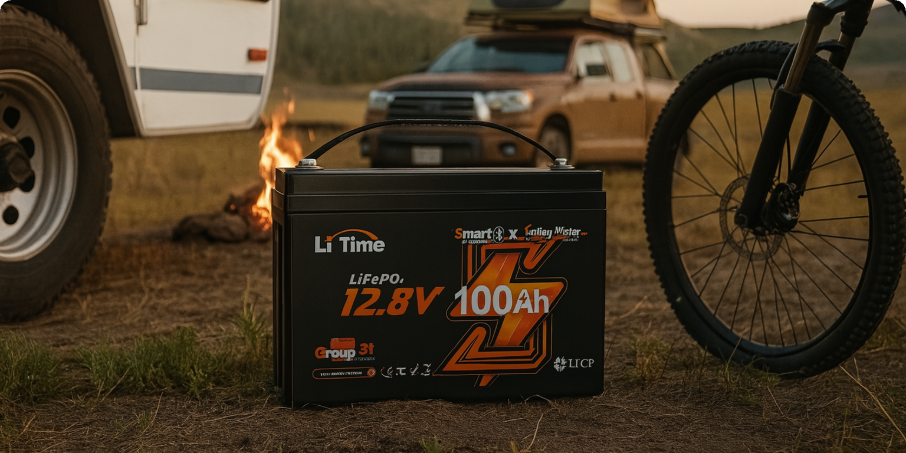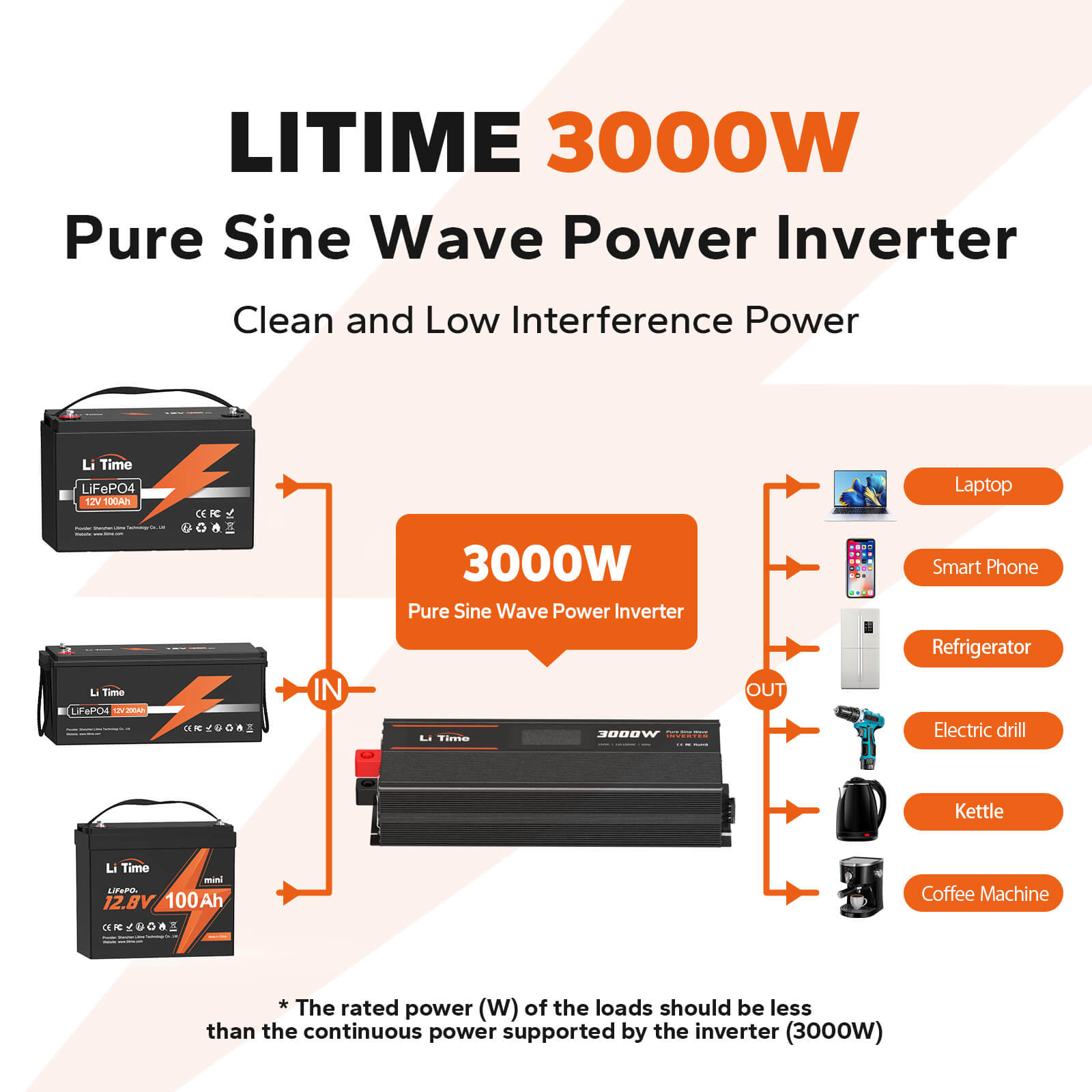Understanding DC and AC
Direct Current (DC) and Alternating Current (AC) are two fundamental forms of electrical power that play crucial roles in various applications. Understanding the differences between DC and AC is essential for comprehending their uses and implications in different systems.
Direct Current (DC)
DC is characterized by a unidirectional flow of electric charge. In a DC circuit, the flow of electrons occurs in a constant direction, typically from the negative terminal to the positive terminal of a power source. This steady flow of current makes DC suitable for powering devices that require a constant and stable voltage, such as batteries, electronic circuits, and certain types of motors.
Key characteristics of DC
- Unidirectional flow of electric charge.
- Constant voltage level over time.
- Commonly used in low-voltage applications and electronic devices.
- Utilized in battery-powered systems and electronic control circuits.
Alternating Current (AC)
AC is characterized by a periodic reversal of the direction of electric charge flow. In an AC circuit, the flow of electrons alternates direction, typically following a sinusoidal waveform. This oscillating flow of current allows for the efficient transmission of electrical power over long distances and is the standard form of electricity used in residential, commercial, and industrial applications.
Key characteristics of AC:
- Periodic reversal of electric charge flow.
- Voltage and current change direction periodically, usually following a sinusoidal waveform.
- Well-suited for long-distance power transmission and distribution.
- Commonly used in household appliances, industrial machinery, and power grids.
Differences between DC and AC
- Direction of Current Flow: In DC, the current flows in one direction, while in AC, it alternates direction periodically.
- Voltage Levels: DC typically maintains a constant voltage level, while AC voltage fluctuates over time.
- Power Transmission: AC is more suitable for long-distance power transmission due to its ability to be easily converted to different voltage levels using transformers.
- Applications: DC is commonly used in low-voltage applications, electronic devices, and battery-powered systems, while AC is the standard form of electricity used in power grids, household appliances, and industrial machinery.
In summary, DC and AC represent two distinct forms of electrical power, each with its own set of characteristics and applications. Understanding the differences between DC and AC is essential for designing, operating, and maintaining electrical systems across various industries and domains.
How to Convert DC to AC
Inverters are electronic devices designed to convert direct current (DC) to alternating current (AC). This conversion process involves several key stages and components that work together to transform the input DC power into the desired AC output. Here's a simplified explanation of how inverters accomplish this transformation:
- Conversion of DC to High-Frequency AC: The first step in the conversion process involves the inverter generating a high-frequency AC signal from the input DC power. This is typically achieved using electronic switches such as insulated gate bipolar transistors (IGBTs) or metal-oxide-semiconductor field-effect transistors (MOSFETs). These switches rapidly turn on and off, effectively creating a series of voltage pulses that simulate an AC waveform.
- Pulse Width Modulation (PWM): In many modern inverters, pulse width modulation is used to control the output voltage. By varying the width of the voltage pulses, the inverter can effectively regulate the output voltage and frequency to match the requirements of the AC load.
- Filtering and Output Stage: The high-frequency AC signal generated by the inverter contains harmonics and other unwanted components. To obtain a clean and smooth sinusoidal output waveform, the AC signal passes through a filter stage, which removes the high-frequency components and shapes the output waveform to closely resemble a pure sine wave.
- Output Voltage Regulation: Inverters often incorporate voltage regulation circuitry to ensure that the output AC voltage remains stable and within the desired range, regardless of fluctuations in the input DC voltage or changes in the load.
- Grid Synchronization (for grid-tied inverters): In the case of grid-tied inverters used in solar power systems or other renewable energy applications, the inverter must synchronize its output with the grid frequency and voltage. This ensures that the power generated by the renewable energy source is compatible with the utility grid and can be seamlessly integrated into the existing electrical infrastructure.
- Control and Protection: Inverters include control and protection features to monitor and adjust the conversion process, as well as to safeguard the inverter and connected equipment from overloads, short circuits, and other potential issues.
By carrying out these steps, inverters effectively convert DC power from sources such as batteries, solar panels, or DC generators into high-quality AC power suitable for powering a wide range of electrical devices, appliances, and machinery. The ability to efficiently perform this DC to AC conversion makes inverters essential components in numerous applications, including solar power systems, off-grid power solutions, automotive electronics, and industrial machinery.
What is the Difference Between an Inverter and a Converter?
The terms "inverter" and "converter" are often used interchangeably, but in the context of electrical systems, they refer to different types of devices that serve distinct functions. Here's a brief explanation of the differences between an inverter and a converter:
Inverter
An inverter is an electronic device that converts direct current (DC) to alternating current (AC). It is commonly used in applications such as solar power systems, uninterruptible power supplies (UPS), electric vehicles, and off-grid power solutions. Inverters are essential for converting the DC power generated by sources such as batteries or solar panels into AC power suitable for powering a wide range of electrical devices, appliances, and machinery.
Inverters are designed to produce a clean and stable AC output, often with the ability to regulate voltage and frequency to match the requirements of the connected load. In addition to converting DC to AC, some advanced inverters also incorporate grid synchronization and power management features, particularly in the context of grid-tied solar power systems.
Converter
A converter, on the other hand, is a broader term that encompasses devices designed to convert one form of electrical energy to another. In the context of electrical systems, converters can perform various types of conversions, including DC to DC, AC to DC, and DC to AC.
DC to DC Converter
This type of converter is used to convert one DC voltage level to another. It is commonly employed in applications such as electric vehicles, battery charging systems, and power supply units to ensure that the electrical devices receive the appropriate voltage level.
AC to DC Converter (Rectifier)
This type of converter is used to convert AC power to DC power. Rectifiers are commonly found in power supply units, battery charging systems, and various electronic devices that require DC power.
In summary, while an inverter specifically refers to a device that converts DC to AC, a converter is a more general term that encompasses devices performing various types of electrical energy conversions, including DC to DC, AC to DC, and DC to AC. Each type of device serves a specific role in electrical systems and plays a crucial part in ensuring the efficient and reliable conversion and utilization of electrical power for a wide range of applications.

Why Is DC to AC Conversion Necessary?
The conversion from DC to AC is essential for various renewable energy systems, such as solar, which primarily generate power in DC form. To utilize this power in homes or businesses, it's crucial to convert the generated DC power into AC power. For solar applications, using a solar DC to AC conversion calculator is advisable to determine the appropriate conversion factor.
Additionally, DC to AC conversion is required for wind turbines and battery-operated systems, such as electric cars. Opting for pure sine wave inverters stands as one of the best choices for converting solar power into AC power.
Do I Need a DC to AC Converter for an Inverter?
For those utilizing solar power or appliances requiring AC power and not linked to the electric grid (relying on power banks or batteries), the use of a DC to AC inverter is necessary. Essentially, an "inverter" is synonymous with a DC to AC converter, as it involves transforming direct current (DC) into alternating current (AC).
What Inverters Convert DC to AC the Best?
Selecting the most suitable DC to AC inverter depends on several factors. Considerations include:
- The need for a portable or home-use inverter
- Whether a converter with battery-backup capabilities is necessary
- Usage for off-grid purposes, total wattage requirements
- Surge wattage
- The choice between a pure sine wave inverter or a modified sine wave inverter.
In many instances, modified sine wave inverters are a cost-effective option. However, if the equipment being powered relies on a pure sine wave, then a corresponding inverter is essential. Therefore, it is vital to have a comprehensive understanding of your DC to AC conversion requirements before embarking on the search for a suitable inverter and making a purchase decision. Additional guidance on inverters can be found in our comprehensive pure sine wave inverter guide.
Can Inverters Convert AC to DC When Used in Reverse?
In general, most modern DC to AC inverters have the potential to convert AC to DC power, but this capability is contingent on specific conditions. While many modern inverters are equipped with the necessary circuitry for AC to DC conversion, they require appropriate controls, which not all inverters may possess. Although many inverters can theoretically perform AC to DC conversion, they are not explicitly designed for this purpose. If this functionality is crucial for a particular application, we recommend selecting an inverter explicitly engineered for AC to DC conversion.
Where to Purchase a DC to AC Converter?
Having gained insight into DC to AC converters, or inverters, you might be contemplating where to acquire a dependable inverter. If your purchasing criteria prioritize reliability, premium quality, and affordability, LiTime offers a range of solutions. Explore our selection of 1000W, 2000W, and 3000W battery inverters available at the LiTime store today.






































































































































